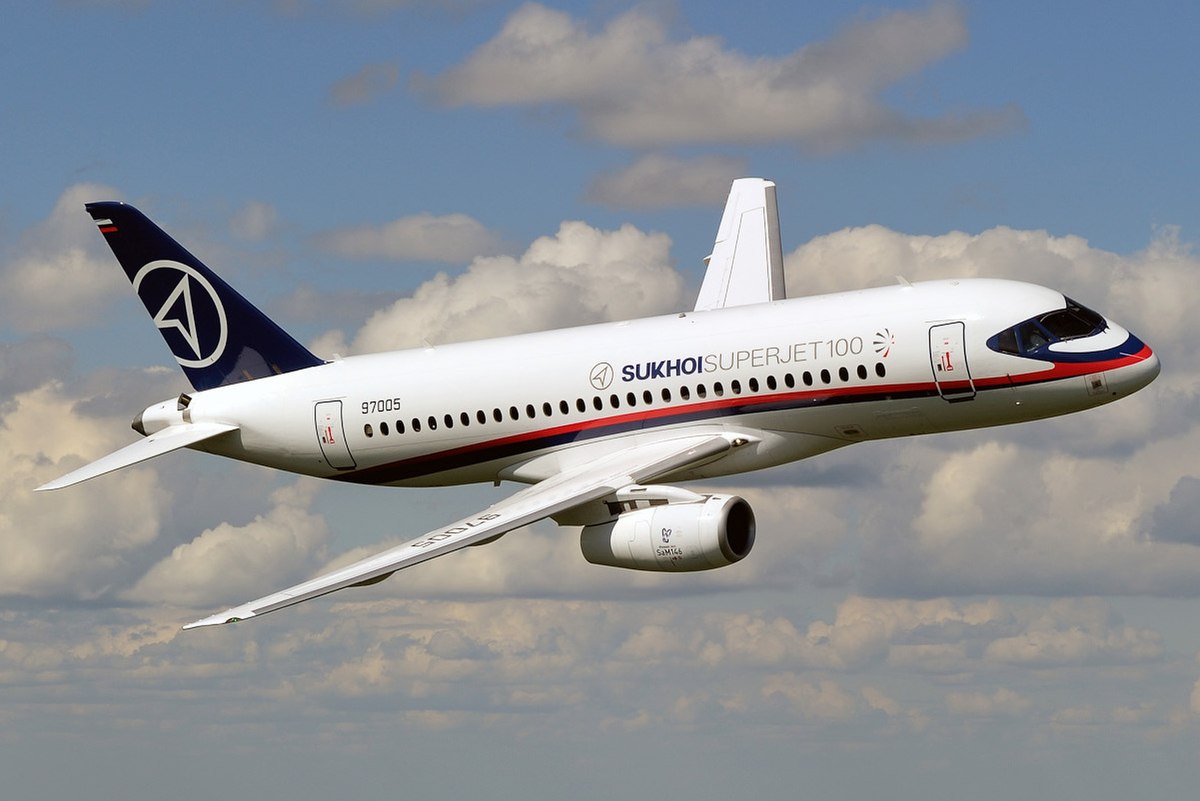- Joined
- Oct 2, 2018
- Messages
- 5,163
- Likes
- 42,880
More assembly lines can be set up within 6-8 months, advantages of having indigenous products.On the contrary, I think early export success is better because it might make HAL consider more assembly lines which will be beneficial in the long term. Tejas Mk1A should be a lot more mature now than Dhruv Mk1 was. Maintenance problems are already sorted with LRU optimization. I heard HAL is offering an MRO facility in the deal, so spare support should be no problem.
The problem is reputation. We are just a newbie in the massive cutthroat market of weapon sellers, and giants like LM, Boeing, Sukhoi have set up their reputation of quality through decades of export and support.
If we rush on our newly made toys, the worst thing that can happen is damage to HAL/India's reputation and quality of weapons.
For example, let's say we export Tejas, and Malaysia comes back saying radar is not working correctly due to the high-humidity conditions of Malaysia. This will impact greatly on our global image and China/Russia/American lobby will leave no stones unturned to defame us.
If such problems are within the country, we will just revert back to HAL and they will correct it within 4-6 months. Even if the delivery is late, we will curse GoI and HAL, but will accept because it is our own product nonetheless.
In other countries, we will have to face strict penalties.
Weapons manufacture is big leverage upon any country. For example, if Malaysia turns against us in the future, we simply stop supporting Tejas & selling them spare parts anymore, and within months their whole squadrons of Tejas will be grounded.Agree with most of your points but my problem is exporting it to countries like Malaysia that have potential to be Porkistan 2.0 and in past have sided with Porkistan.





